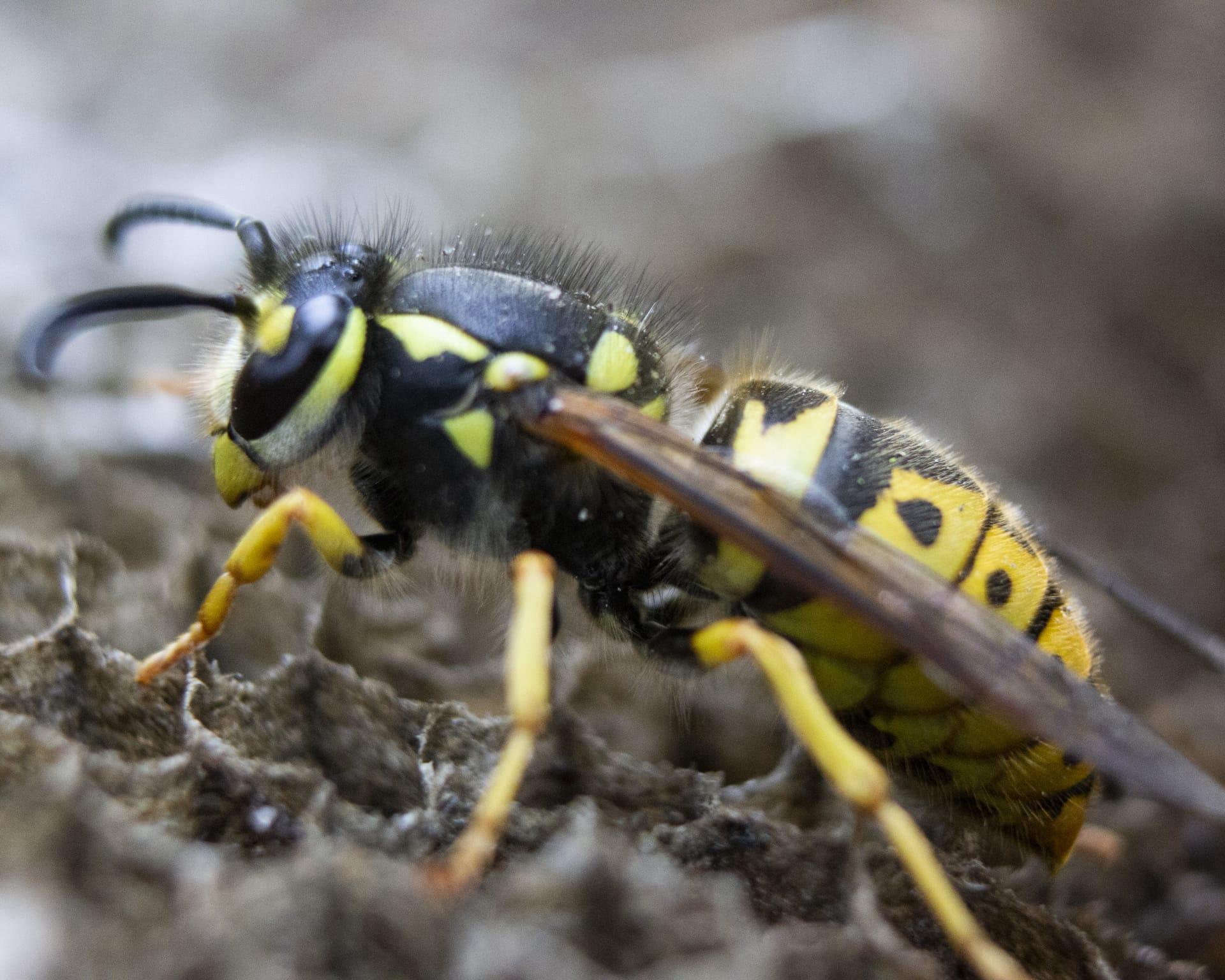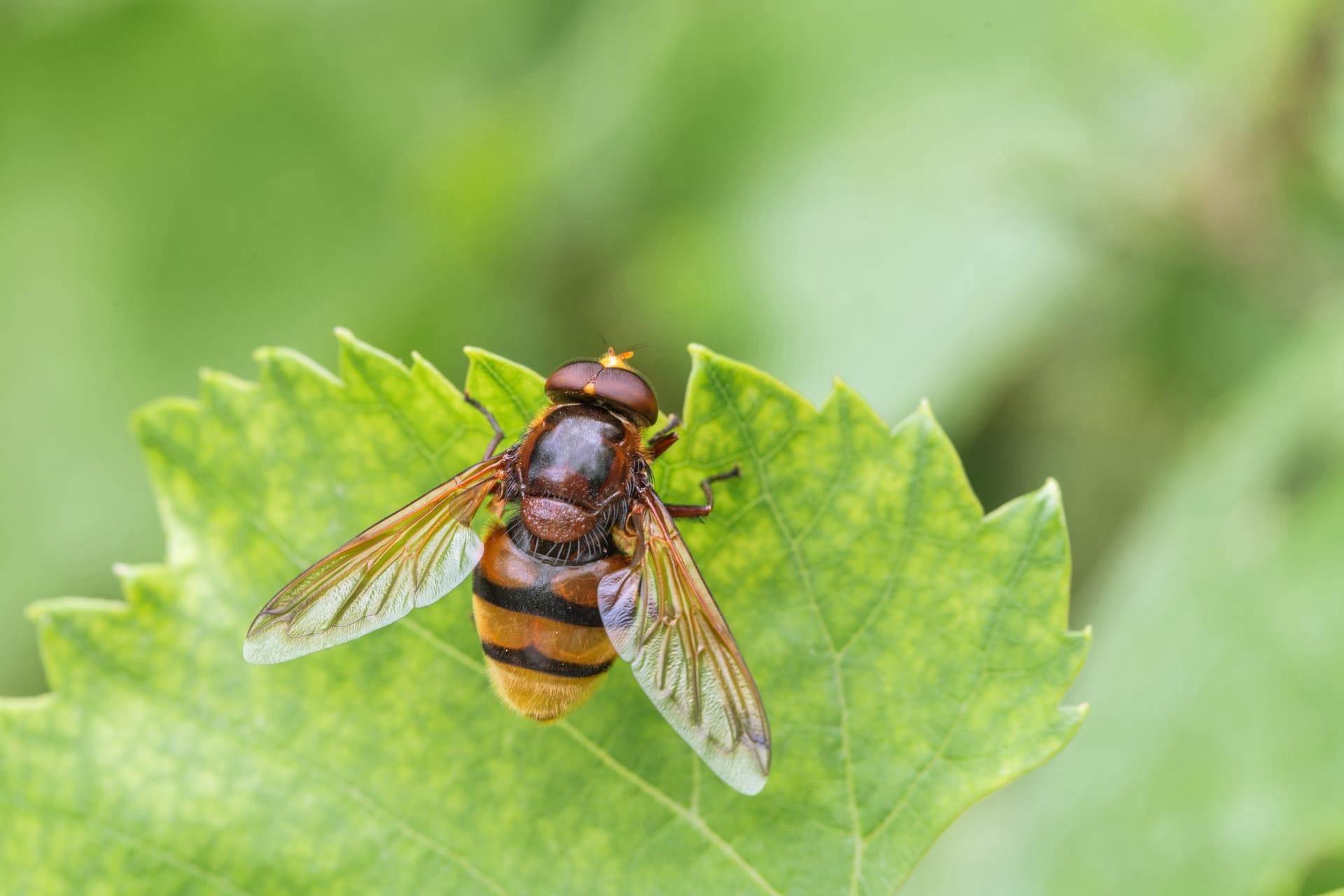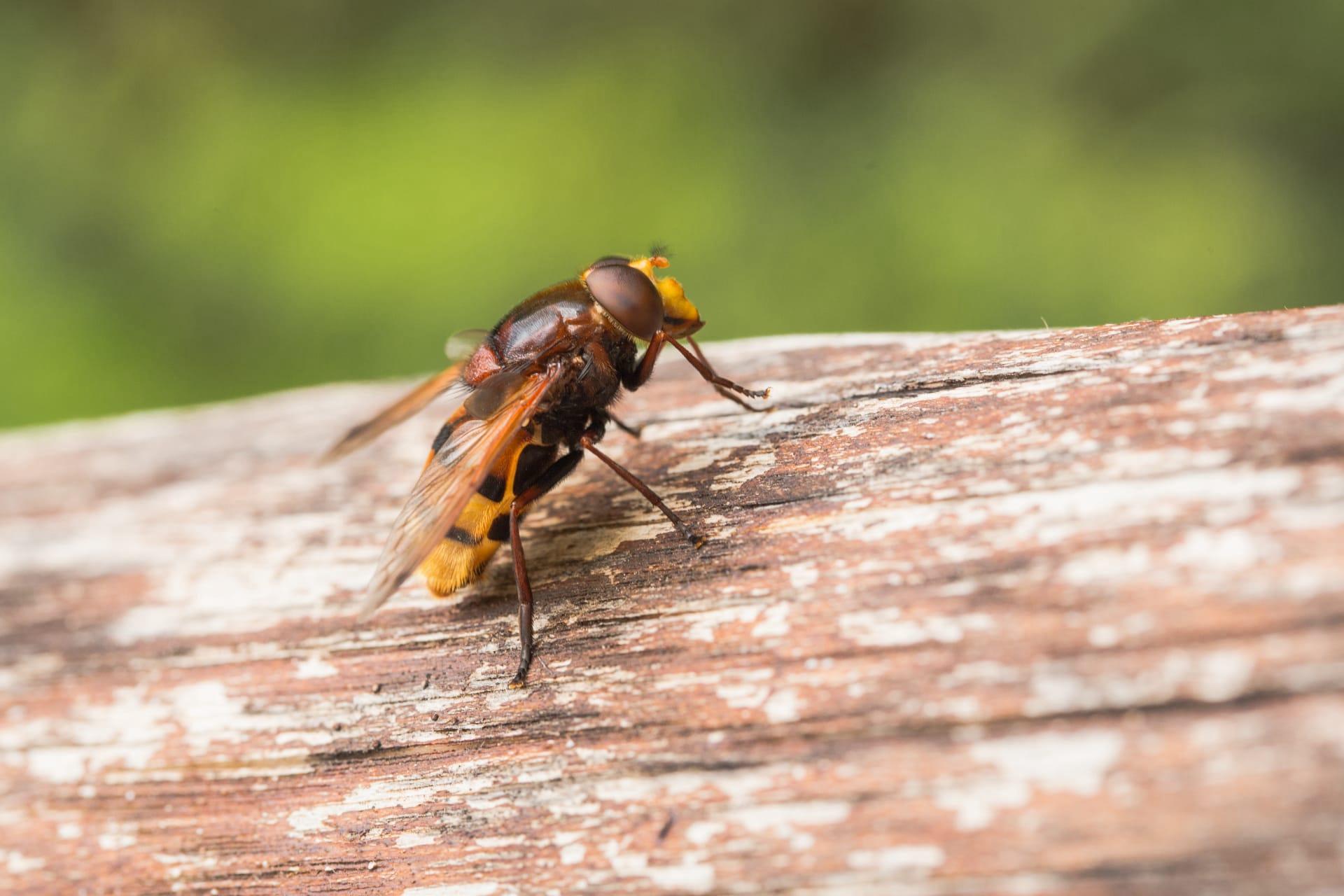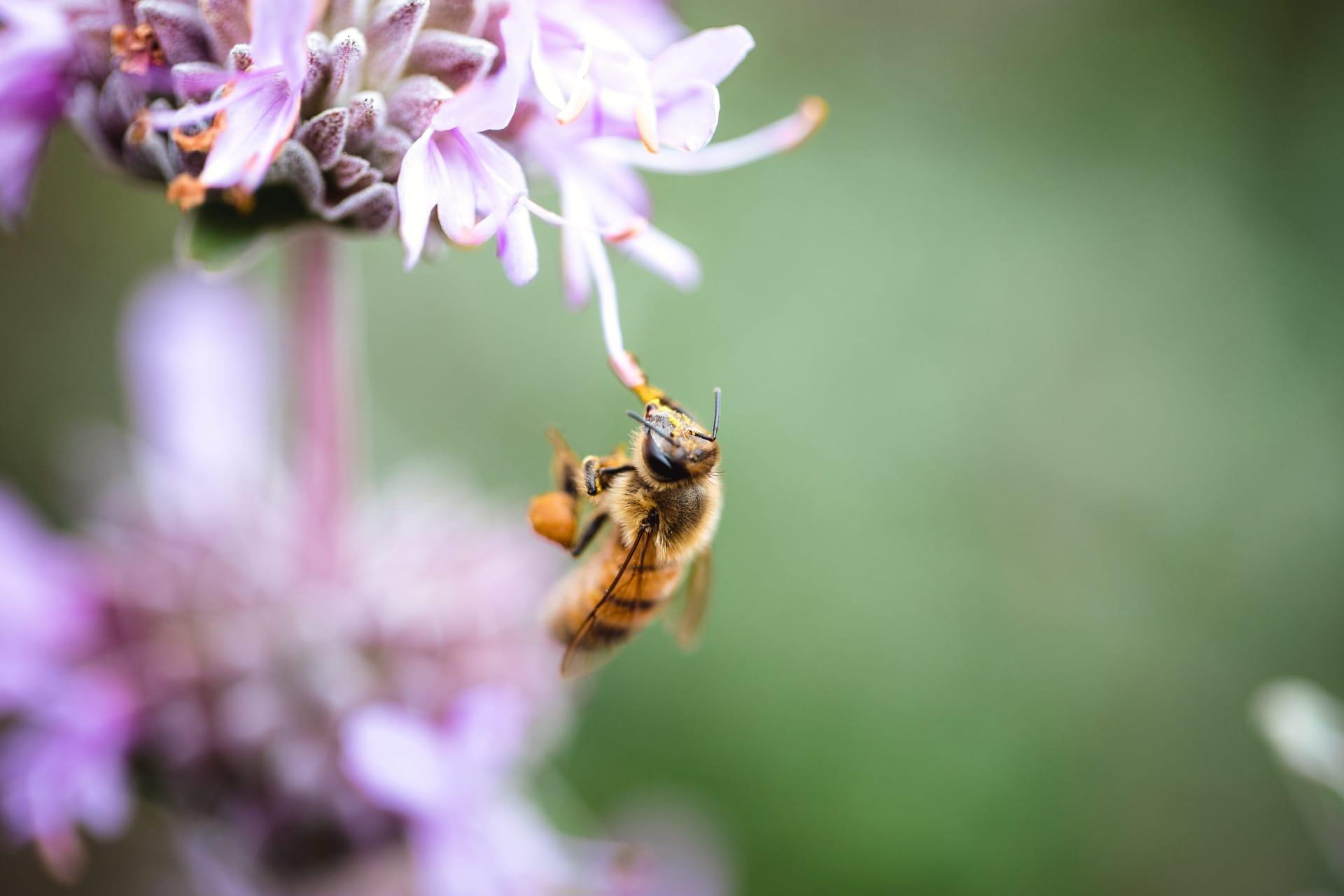Hornets Insect Characteristics
- Home /
- Mini Encyclopedia /
- Animal /
- Hornets Insect Characteristics
1
Hornets, fascinating creatures of the insect world, boast a range of physiological characteristics that set them apart. Adult hornets typically measure between 0.6 to 2.2 inches (1.5 to 5.5 cm) in length, making them some of the largest members of the wasp family. Their lifespan varies, with workers living about 22 days, males around 16 days, and queens can survive for up to a year, a remarkable feat among insects. Hornets exhibit a robust body, characterized by a striking coloration of black and yellow or brown, an intimidating warning to potential predators of their capability to defend themselves fiercely.
One of the hornet's most unique organs is its stinger. Unlike bees, hornets can sting multiple times. This ability stems from the stinger's smooth surface, allowing it to easily withdraw from the victim's skin. The hornet's venom is a complex cocktail of chemicals, including acetylcholine, which causes pain. The venom also contains pheromones that can signal other members of the hornet's colony to attack, making them formidable opponents when disturbed. The stinger is not just a defensive tool; hornets use it to paralyze prey such as insects, which they feed to their larvae.

2
Question: Why do hornets build their nests in high places?
Answer: Hornets instinctively build their nests in elevated locations for protection and strategic advantage. By constructing their nests in trees, under eaves, or in high corners, they reduce the risk of predator attacks and adverse environmental conditions like flooding. The height also offers an excellent vantage point to spot incoming predators or food sources. These nests, primarily made of chewed wood pulp and hornet saliva, are engineered masterpieces of ventilation and temperature control, vital for larvae development and colony survival.

3
Hornets are known for their impressive flying capabilities. They can reach speeds up to 25 miles per hour (40 kilometers per hour), making them one of the fastest flying insects. This speed is crucial for hunting, escaping predators, and scouting for locations to build nests. Their wings are remarkably robust, enabling them to fly even in light rain, a feat not all insects can accomplish. Hornets also exhibit excellent maneuverability in flight, which aids in capturing prey and navigating through complex environments.
In terms of feeding habits, hornets are omnivorous. Their diet primarily consists of other insects like flies, bees, and caterpillars, which they skillfully hunt and capture. Hornets play a crucial role in controlling the population of these insects, thus maintaining ecological balance. Adult hornets also feed on plant nectar and fruit, displaying a preference for sweet substances. This dietary diversity is essential for their energy needs, especially for the high-energy demands of flight and colony maintenance.

4
Hornets thrive in a variety of environments, from dense forests to suburban areas. They prefer locations with abundant food sources and suitable spots for nest building. This adaptability allows them to inhabit regions across the globe, from Asia to North America. Hornets avoid extremely cold climates and are most active during warmer months. Their ability to adapt to different environments underscores their resilience and contributes to their widespread distribution.
Reproduction is a central aspect of hornet life. In spring, the queen emerges from hibernation to establish a new colony. She single-handedly builds the nest, lays eggs, and feeds the first batch of larvae. These larvae eventually become workers, taking over the tasks of nest expansion, food gathering, and caring for subsequent larvae. In late summer, the queen produces new queens and males, who leave the nest to mate. The cycle begins anew when fertilized females hibernate through winter to emerge as queens the next spring.

5
Book: "The World of Hornets" by James L. Castner. Published in the United States in the early 2000s, this book offers an in-depth look into the life of hornets. Castner, an entomologist, combines scientific research with engaging narratives to explore hornet behavior, physiology, and their impact on ecosystems. The book is praised for making complex entomological concepts accessible to a broad audience.
Book: "Hornets: Giants of the Insect World" by Linda O'Neal. This book, published in the United Kingdom in the late 1990s, provides a comprehensive overview of hornet species worldwide. O'Neal, a renowned wildlife author, delves into the intricacies of hornet social structures, nesting habits, and their role in nature. The book stands out for its detailed descriptions and high-quality photographs, offering readers a close-up view of these fascinating insects.